The Best Winter Plants for a Hardy Garden
Finding the perfect plants that bring color and greenery to your garden in the colder months is quite difficult, but luckily multiple plants bring color and texture into your garden even in winter.
In this article, we highlight the best winter plants that not only survive but thrive in cold conditions which we tried and inspected so we have experience with them.


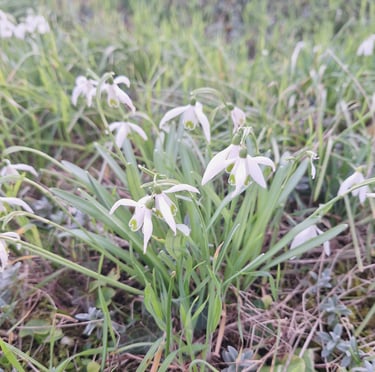





Snowdrops (Galanthus), small at 7-15 cm (3-6 in), are one of the first flowers to appear in late winter. They prefer partial shade and well-drained soil. These delicate white flowers, often appearing while snow is still on the ground, symbolize the coming of spring and are perfect for naturalizing under trees or in lawns.
Snowdrops



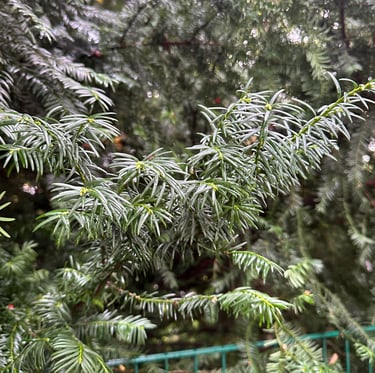
English Yew
This type of conifer, also known as Yew, is often grown (we also do that) as a fencing shrub for creating privacy because it is compact and reaches heights of 10m to 15m (33–49 ft) and is also considered to be low maintenance and great for landscaping.




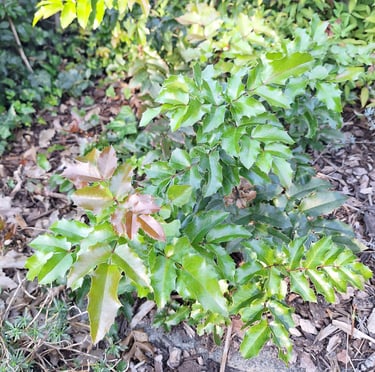

Holly
Holly bushes are one of the best evergreen shrubs, growing up to 2-15 m (6-50 ft) and prefer full sun to partial shade and well-drained soil. Their bright red berries in winter feed birds and their dense foliage offers shelter. These short-lived winter perennials are popular Christmas decoration plants that add a festive charm.




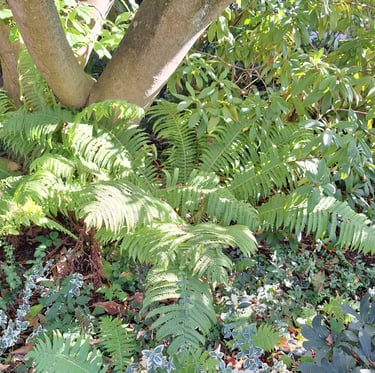
Evergreen Ferns
They prefer partial to full shade and moist, well-drained soil. Varieties like the evergreen Christmas Fern (Polystichum acrostichoides) maintain their lush appearance even in cold weather, providing a constant splash of green in the dormant landscape. Evergreen Ferns vary in size but typically grow around 30-90 cm (1-3 ft) high and are ideal for adding greenery to the winter garden.




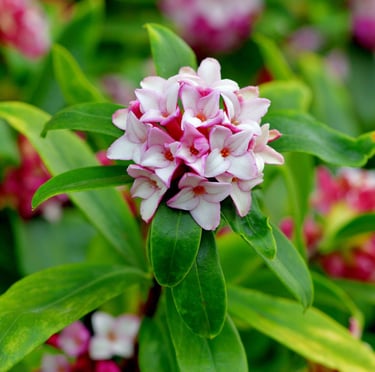

Winter Daphne
Winter Daphne, reaching about 90-120 cm (3-4 ft), is cherished for its fragrant pink or white flowers that bloom in late winter. It prefers partial shade and well-drained, fertile soil. This evergreen shrub is ideal for planting near walkways or entrances where its delightful fragrance can be fully appreciated.




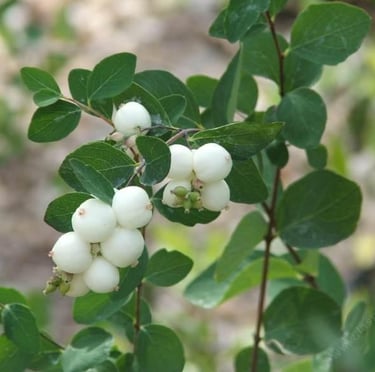

Snowberry
Snowberry, reaching up to 1-2 m (3-6 ft), is known for its white, berry-like fruits that persist into winter. It prefers full sun to partial shade and well-drained soil. This deciduous shrub which also works nice as a November or September plant, is naturalized as a woodland plant or in informal garden settings, and its berries provide food for birds during the colder months.





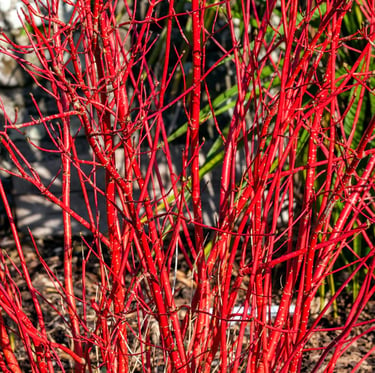
Red Twig Dogwood
We found that Redtwig Dogwoods like shaded spots, this ensures a year-round visual treat with white blossoms in spring and red-colored stems in winter. These rapidly growing shrubs reach heights of up to 3m (9ft). We also saw that its unique appeal lies in its red stems that brighten the winter landscape, but it is not ideal for filling up spaces in the winter because it doesn't have leaves.


Sweet Box
The Sweet Box bush is known for its fragrant white flowers in winter, which bring a delightful scent to the garden. This plant is perfect for borders or as a ground cover, offering both visual and olfactory interest in the winter landscape. It reaches 30-120 cm (1-4 ft) and is a low-growing evergreen shrub that prefers partial to full shade and moist, well-drained soil.
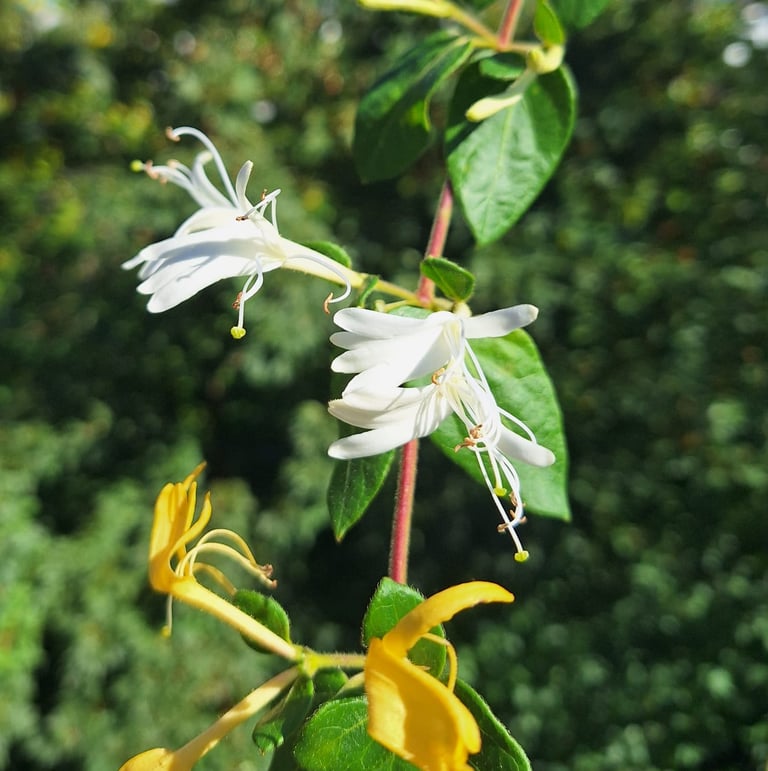





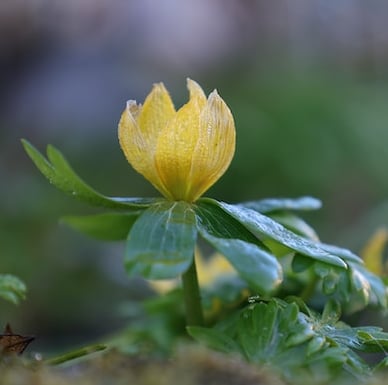

Winter Aconite
Winter Aconite, a nice flowering winter plant reaching just 7-15 cm (3-6 in), is one of the earliest bloomers similar to the Snowdrops. It prefers full sun to partial shade and well-drained soil. Its bright yellow, buttercup-like flowers bring an early splash of color to the winter garden, and it's perfect for naturalizing under deciduous trees.




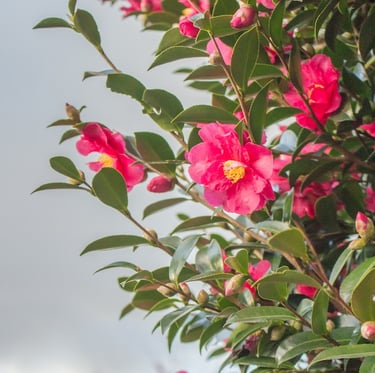
Camellia
They are spring plants that bloom from spring to winter winter and provide beauty and nectar for pollinators during off-peak seasons and are also known for their use in tea production. Camellias are growing to 1.5-6 m (5-20 ft), love partial shade and well-drained, acidic soil.




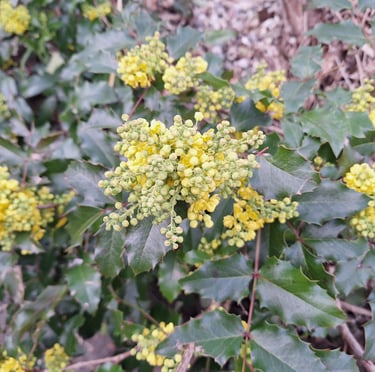

Mahonia
Mahonia grows 1-2 m (3-6 ft) high and loves partial to full shade and well-drained soil. Its yellow flowers in early spring are followed by blue-black berries, attracting birds and wildlife. This evergreen shrub is excellent for natural landscaping but similar to the Holly bush, it has thorny leaves which make it a deer hardy bush.



Sources
Nature and Sustainability uses only high-quality sources, including peer-reviewed studies, and other fact-dense and highly trusted sources to support the facts that we use in our articles. Please read our editorial policy to learn more about how we keep our content accurate, reliable, and trustworthy.
Snowdrops: Galanthus - Wikipedia
Red Twig Dogwood: Red Twig Dogwood: Plant Care & Growing Guide (thespruce.com)
Camellia Japonica: Camellia japonica | North Carolina Extension Gardener Plant Toolbox (ncsu.edu)
Winter Aconite: Winter Aconite, Eranthis hyemalis – Wisconsin Horticulture
Snowberry: Symphoricarpos - Wikipedia
Holly: Holly | Description, Trees, Facts, & Species | Britannica
Mahonia: Mahonie - Wikipedia
Share this article:




Article By:
Calin has been in the garden industry for 5 years and knows a lot about gardening and plants. He owns this website and is responsible for most of the content.
Reviewed By:


Florin, a more technical guy, is responsible for the design, reviewing the articles and making improvements, and optimizing for SEO so that everything we publish looks deam good.



